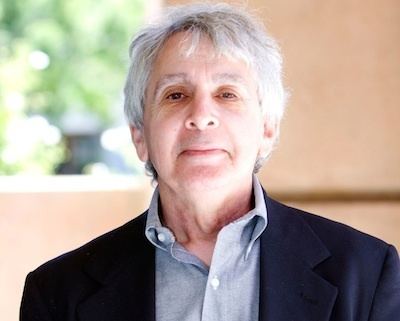Name Bernard Grofman Role Political Scientist | ||
 | ||
People also search for Samuel Merrill III, Arend Lijphart, Chandler Davidson, Andre Blais, Shaun Bowler, James Adams Books Minority Representation and the Q, A Different Democracy: American, Legacies of the 1964 Civil Righ, Race and Redistricting in the 199, Voting Rights - Voting Wr | ||
Interview with bernard grofman political science professor uc irvine
Bernard Norman Grofman (born December 2, 1944) is a political scientist at the University of California, Irvine.
From the University of Chicago he received a B.S. (1966) in mathematics and an M.A. (1968) and Ph.D. (1972) in political science. He began teaching at the University of California, Irvine, in 1976, becoming a full professor in 1980.
His works include Quiet Revolution in the South: The Impact of the Voting Rights Act, 1965-1990 (with Chandler Davidson, eds., 1994), Legacies of the 1964 Civil Rights Act (ed., 2000), Political Science as Puzzle Solving (ed., 2001), A Unified Theory of Voting (with Samuel Merrill III, 1999), and A Unified Theory of Party Competition (with James Adams and Samuel Merrill III, 2005), among many others. He also published over 200 articles in periodicals.
His long-time assistant A Wuffle is also known for publishing journal articles on unusual topics, including "The pure theory of elevators" (Mathematics Magazine, 1982), "Should you brush your teeth on November 6, 1984?: A rational choice perspective" (PS, 1984), "A corollary to the third axiom of general semantics" (Journal of Theoretical Politics, 1992), or "Death where is thy sting? The Senate as a Ponce (de Leon) scheme" (PS, 1997).
In 2015, Grofman was appointed as a special master to redraw Virginia's congressional districts after US federal judges ruled that the previous districts were unconstitutionally gerrymandered to pack one district with African-Americans and dilute their influence through the rest of the state. The US Supreme Court declined to intervene, allowing Grofman's maps to be used.
